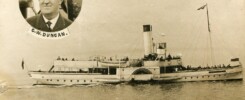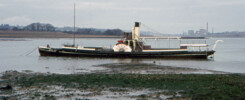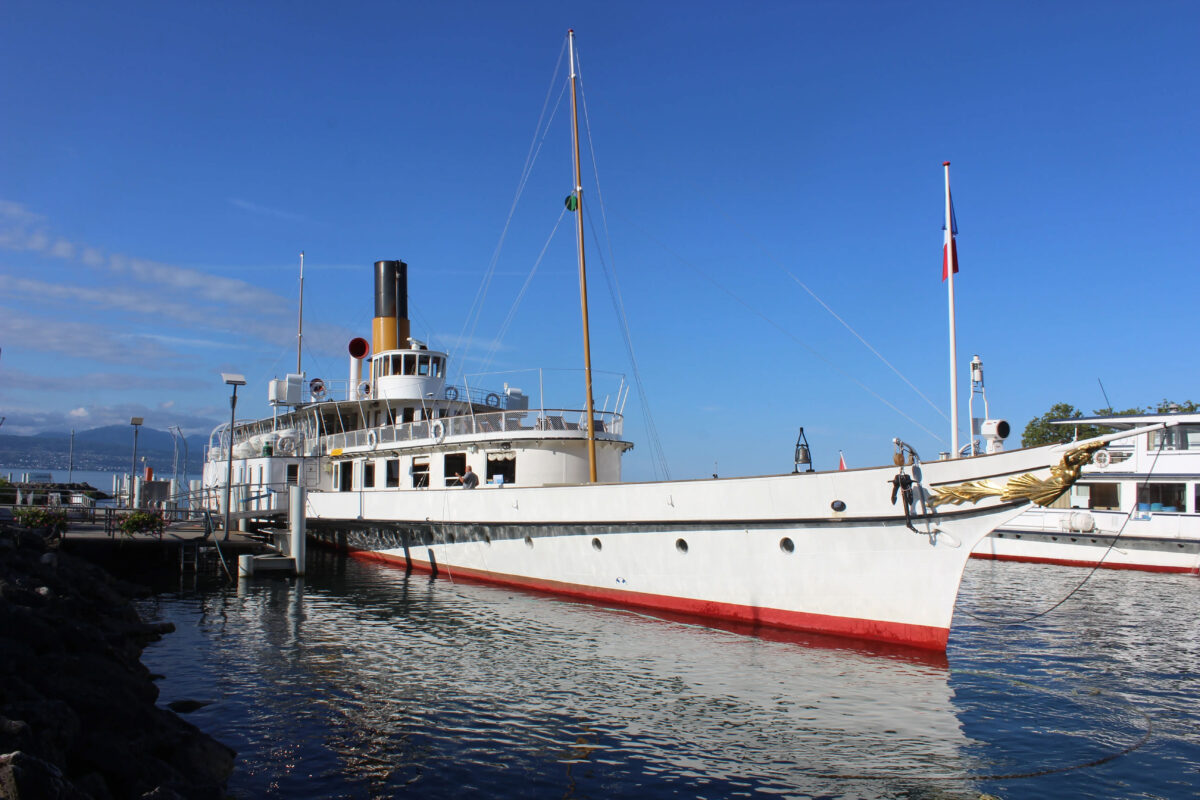
How are the Swiss paddle steamers manned and what is the route to becoming a captain?
Each lake operates its own training scheme and structure but all require basically the same underpinning knowledge and experience.
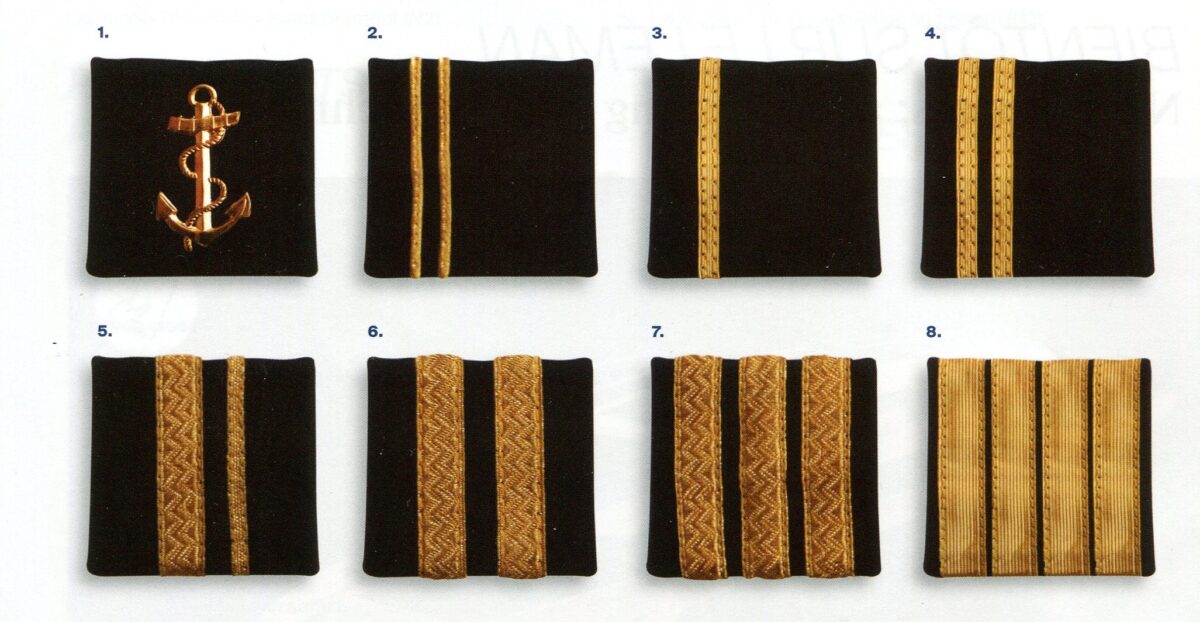
On Lake Geneva new recruits enter as a Boatman-Controller (1) and learn the basics of rope handling, mooring and other matters nautical on inland waterway vessels plus how to deal with passenger tickets.
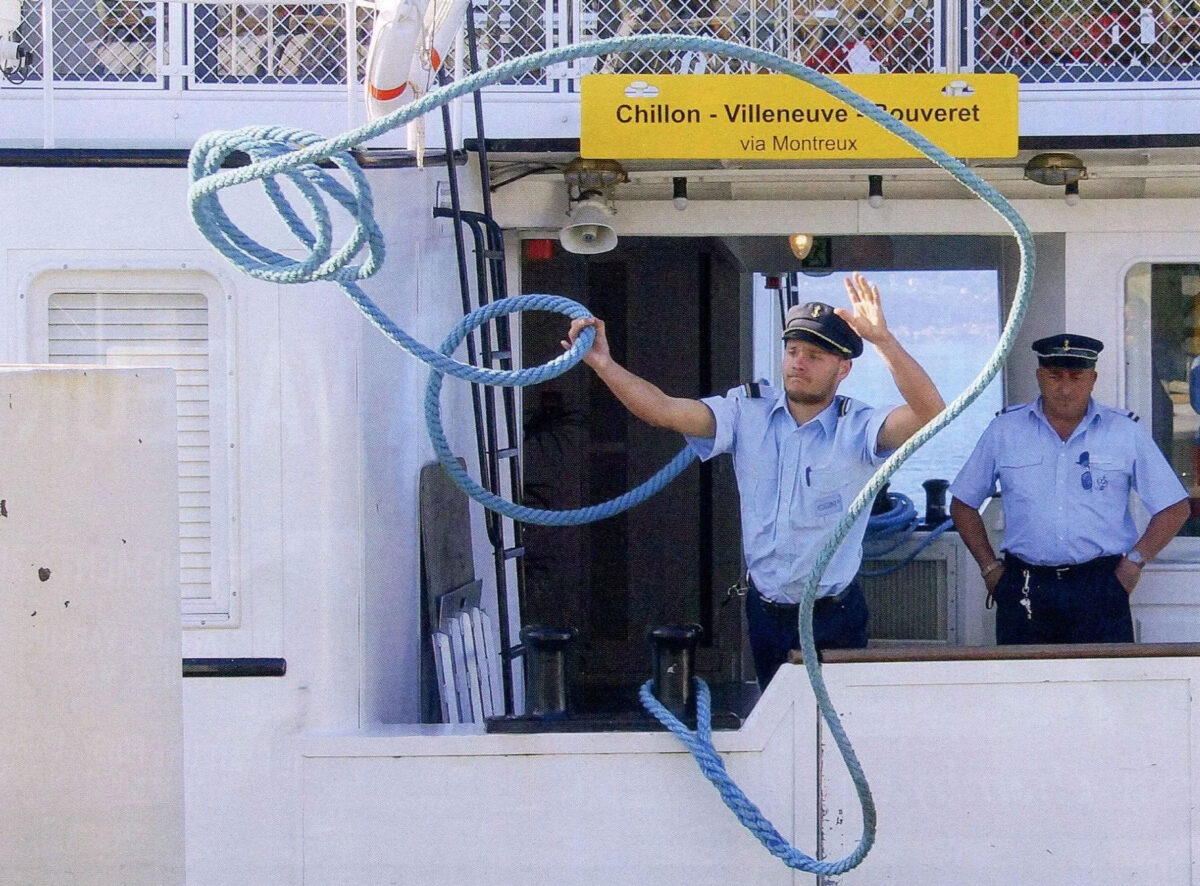
After three years doing that they are then promoted to Controller/Assistant Helmsman (2) when they start to learn about navigation on the lake and how to handle a propeller driven vessel under the guidance of the captain and so become familiar with all the routes and manoeuvres on the lake.
The next step up is to Helmsman (3) who is second in command, or as we would say in the UK the mate, in which role he/she assists and deputises for the captain, expands his/her nautical knowledge, participates in the navigation of the vessels and works aboard the Belle Epoque paddle steamers. He/she is also responsible for the cleanliness of the vessel and for checking that it is safely moored at the end of each day’s sailings.
After about ten years with the company, and having become familiar with all the routes, winds, shallow parts of the lake, hazards and been involved with berthing all the vessels in the fleet at all the piers in all possible conditions very many times then he/she is deemed to be ready to take the first theory and practical tests to gain a licence to become Pilot (4) of vessels carrying up to 300 passengers.
After a further period sailing as Pilot, the candidate then becomes eligible to sit the examination to become a Prospective Captain (5) after which he/she can take charge of vessels carrying more than 300 passengers as well as the diesel electric, but not the steam, paddlers.
Only after sailing for a further 300 days can the candidate be appointed and sworn in at a special ceremony as Captain II (6)
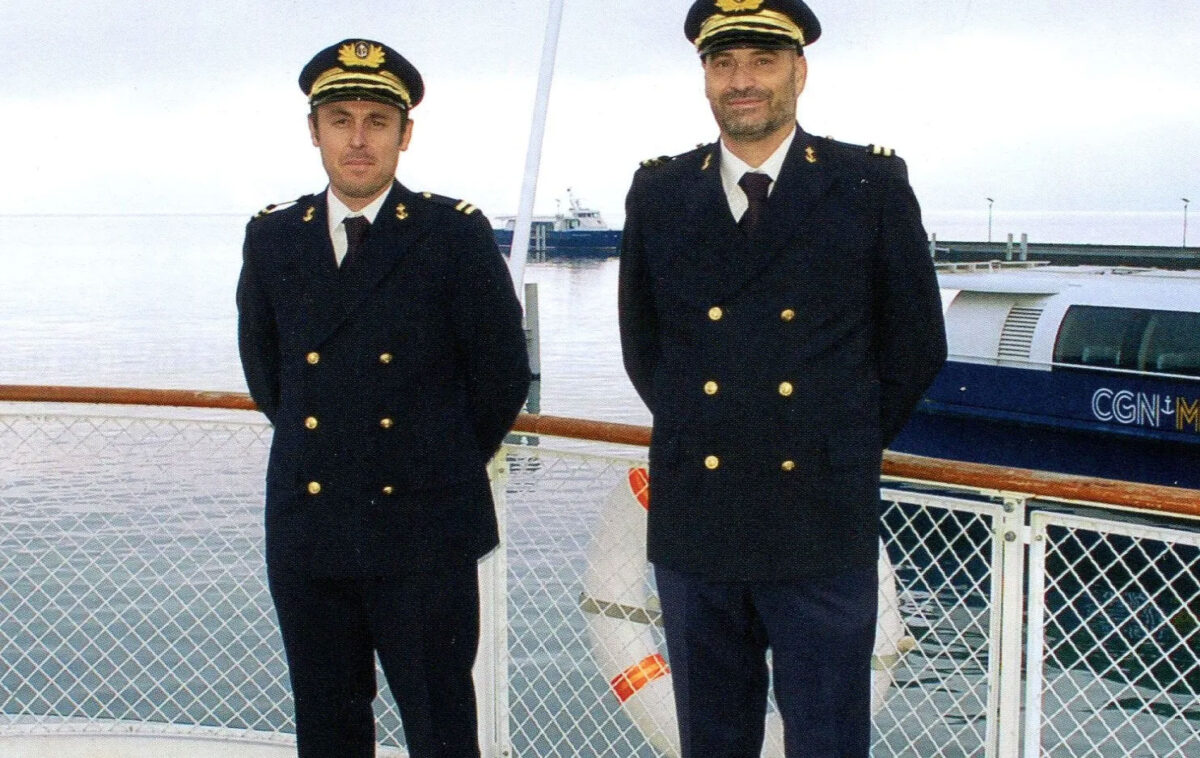
This season two new candidates, Stephan Houdry and Mathias Gay-Crosier were sworn in as new captains on the lake. Usually this is done at a ceremony attended by other captains in the fleet but this year with Covid the ceremony was on a more limited scale.
Then after sailing for a further 300 days the candidate is eligible to take the federal examination in order to be able to progress to Captain I (7) which enables him/her to sail as master of any ship in the fleet including all the paddle steamers.
Beyond that there is one further grade of 1st Captain (8), known also as the Captain/Admiral. He/she represents the captains to the authorities, is responsible for the navigation and safety of all the boats and also acts as an instructor for trainees progressing up through the career hierarchy.
It is a long and comprehensive training regime which ensures a thorough and intimate knowledge of all the ships in the fleet, all the piers around the lake and the moods and vagaries of the lake itself in every possible weather condition.
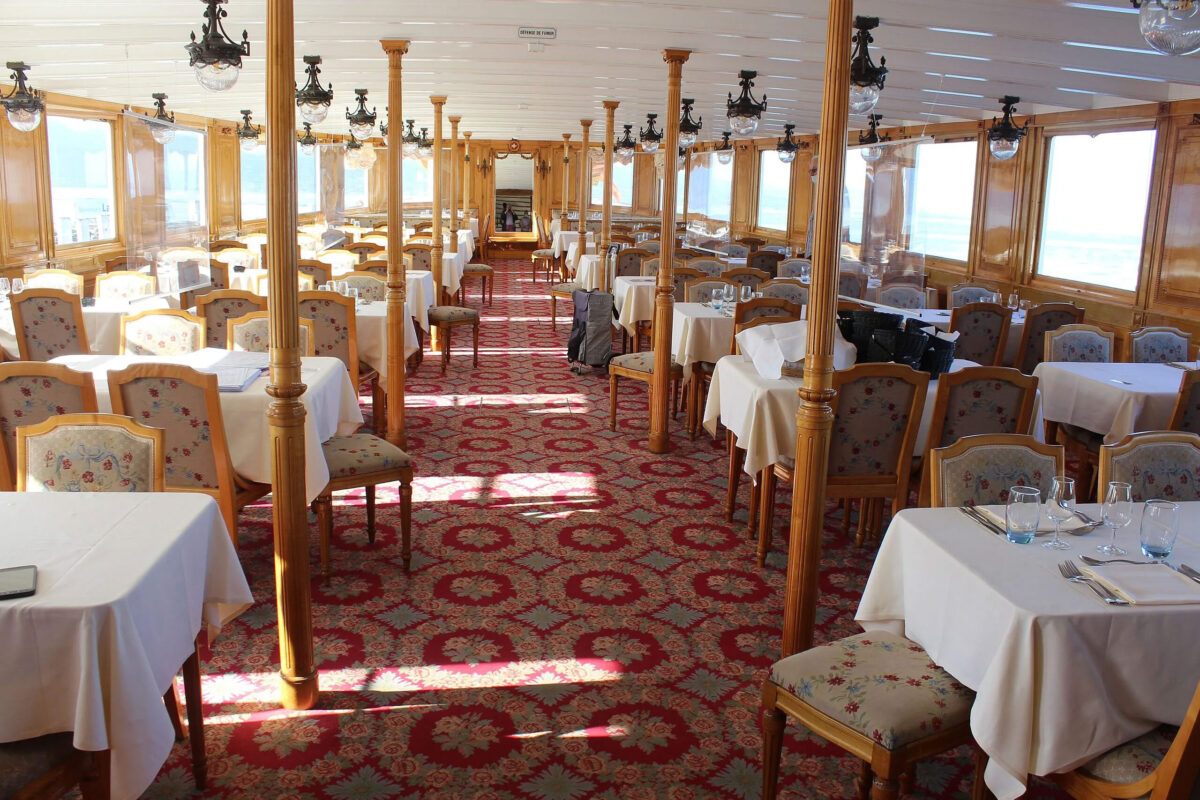
About one and a half hours before departure, the captain prepares the boat with the crew which, aside from those involved in catering, usually numbers just six aboard the large paddle steamers like La Suisse. Yes that’s right: six. This includes the captain, mate, two engineers, a controller and boatman with the mate, controller and boatman doing the rope handling sometimes assisted by the captain when the mate has the con of the ship. There are no able seaman at all on these vessels as carried on UK sea-going ships.
The captain also plans the navigation for the day, checking the route, the weather report and any nautical events that may be organised. He also checks that the instruments are in good working order and the boat is safe to leave. Then it is time to brief the crew and the caterer. As the time for departure draws near, the captain goes down to the gangway to greet the passengers before departure. During the cruise he ensures the safe progress of the trip by sharing his knowledge with the helmsman and the Controller who assist him and supervises the berthing on and off the piers anticipating any potential dangers which in summer include other vessels, swimmers, divers, pedal boats and paddle boards. He also plays an important representative role, talking to the passengers to ensure that their journey runs smoothly. Then at the end of the day he must write a report of the day and supervise the final mooring and closing down of the ship for the night. Then he and the rest of the crew go ashore and return to their homes overnight.
Many crew members stay with the company for their entire careers. And whilst it may take fifteen or more years to become a paddle steamer captain in Switzerland, once appointed, maybe in their mid thirties, they may reasonably expect to stay in post for the next thirty years until they retire doing a job which they love and enjoy.
For the company this training structure and the solid career path it provides ensures a stable workforce of real ability which is the key to the successful operation of any business. And remember Lake Geneva needs 27 captains to service its summer schedules for its fleet of 17 vessels.
There is a similar training regime for Inland Waterways throughout Europe and also in the UK where the Boatmaster structure provides an analogous career route for those who do not want to go deep sea but instead become master of vessels sailing on the UK’s Categorised Waters (as defined in MSN 1837) and for Limited Coastal Operations. As in Switzerland there are different grades for this licence ranging from the Tier 2 Level 1 for operation on canals and narrow rivers up to the highest Tier 1 Level 2 which, with the Large Passenger Vessel Endorsement (more than 250 passengers) added, enables the holder to sail as master of any Domestic Passenger Vessel of any size, carrying any number of passengers on Categorised Waters throughout the UK. And some of these areas are very extensive including as they do, for example, the Thames from London down to a line joining Clacton and Reculver and on the Clyde all waters and lochs above a line from Skipness to a position one mile south of Garroch Head thence to Farland Head. So that includes Glasgow, Greenock, Dunoon, Largs, Rothesay, Tarbet, Ardrishaig and trips round Bute.
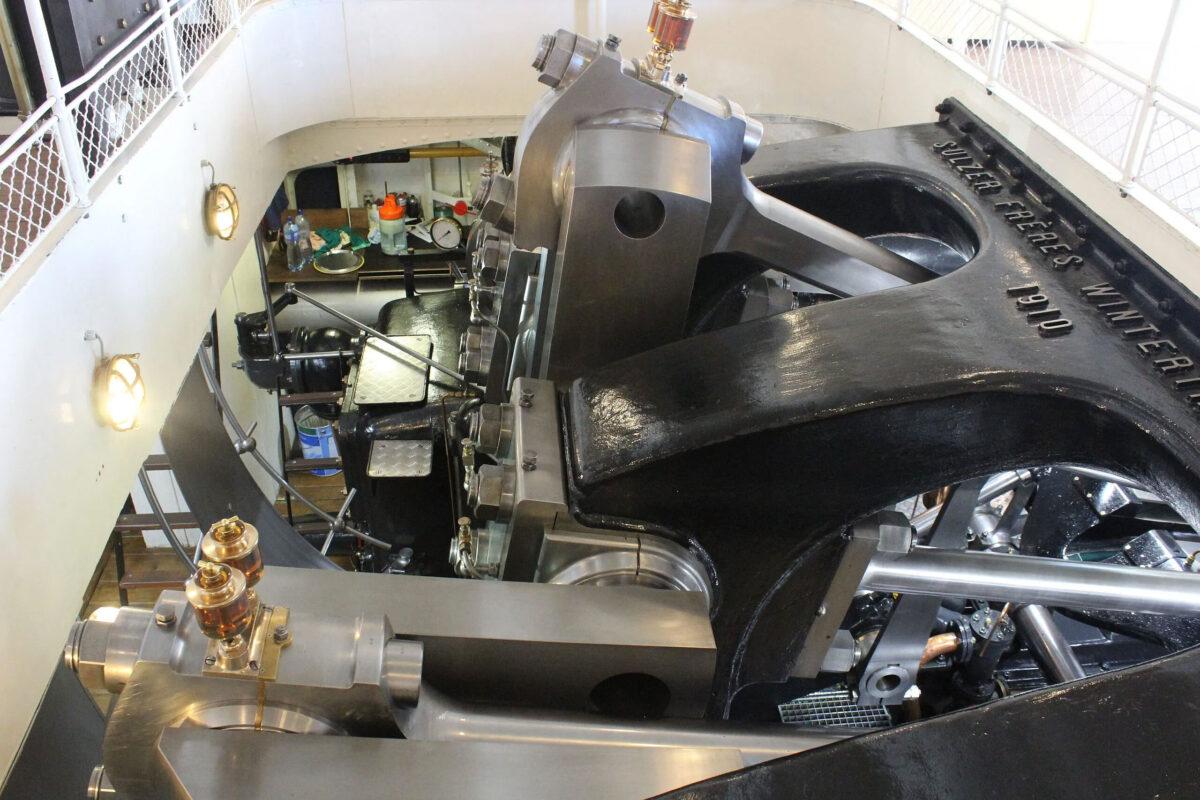
It’s horses for courses really. Of course there is a commonality for all who work afloat anywhere and everywhere in the world but the particular skill sets needed to navigate a super tanker across the Indian Ocean are not the same as those needed to handle a large paddle steamer hopping on and off maybe twenty piers in any one day on a Swiss lake.
On one pier the wind may be blowing you on. On another it may be blowing blowing you off. At another it may be in a completely different direction with the mountains funnelling air currents down onto the lake in different ways in different locations. On one day there may be no wind. On another it may be gale force or more with all options in between. And there are currents in some parts of all the lakes and these vary according to the circumstances and the seasons. For example when the sluices are shut at Geneva the water in the harbour alongside the landing stages and near the bridge may be pretty still. But when they are open, and particularly after heavy rain or when the snows are melting on the mountains sending tons of water down into the lake, then the flow out of the lake through and around the landing stages at Geneva can be considerable with a strong set onto the bridge.
The way captains are trained in Switzerland ensures a very firm grounding in all of these vacillating and vexatious vagaries of ship handling and weather so that when they do eventually take command they are absolute masters of their art in all possible circumstances. This breeds and inculcates an ease of handling large vessels speedily on and off small piers, often close to rocky shores and with minimal engine movements which is breathtaking to watch and a joy to behold for all who love to witness tip top paddle steamer handling at its very best.
Kingswear Castle returned to service in 2023 after the first part of a major rebuild which is designed to set her up for the next 25 years running on the River Dart. The Paddle Steamer Kingswear Castle Trust is now fund raising for the second phase of the rebuild. You can read more about the rebuilds and how you can help if you can here.
John Megoran
This article was first published on 28th August 2021.

